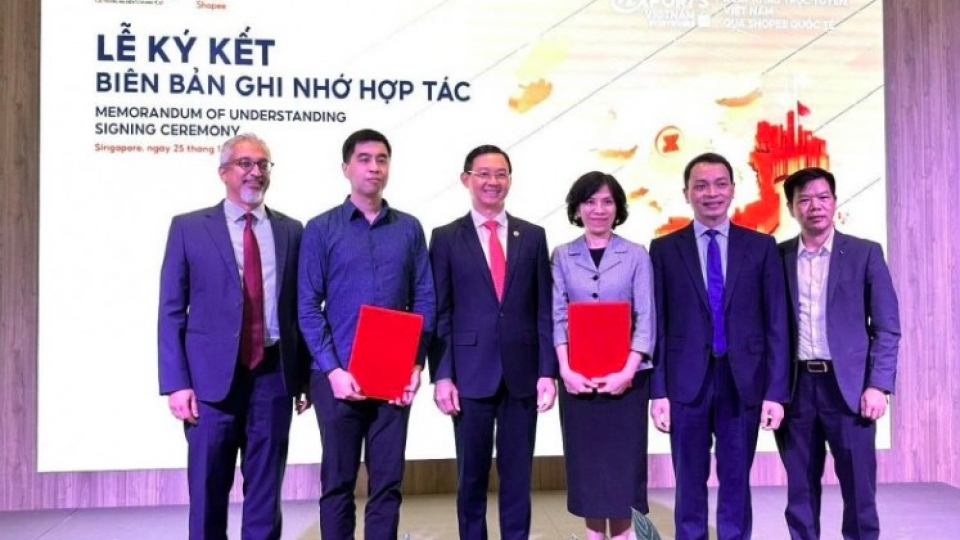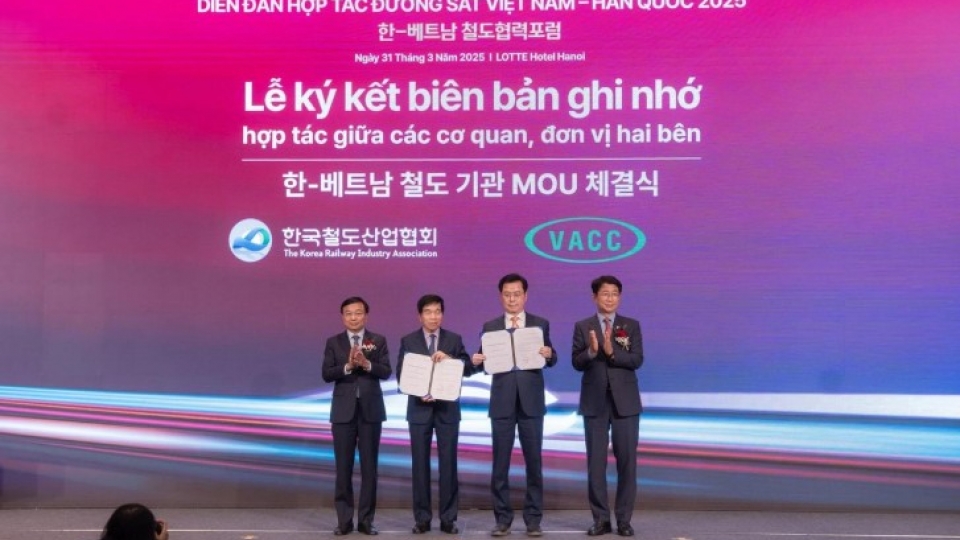Tag: Export
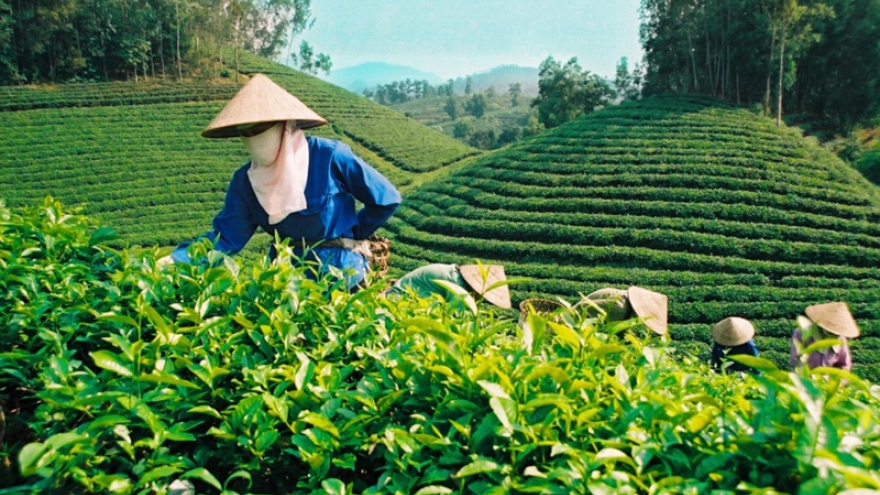
Weak market demand and stricter regulations hinder tea exports
VOV.VN - Weak market demand coupled with stricter regulations remain the main barriers to the Vietnamese tea processing industry when it tries to gain a strong foothold in foreign markets.

Tuna exports to Canada enjoy constant growth in late 2023
VOV.VN - Vietnam's tuna exports to Canada enjoyed constant growth during the final months of 2023, reaching an 11-month export turnover of more than US$772 million, the Vietnam Association of Seafood Exporters and Producers (VASEP) has reported.
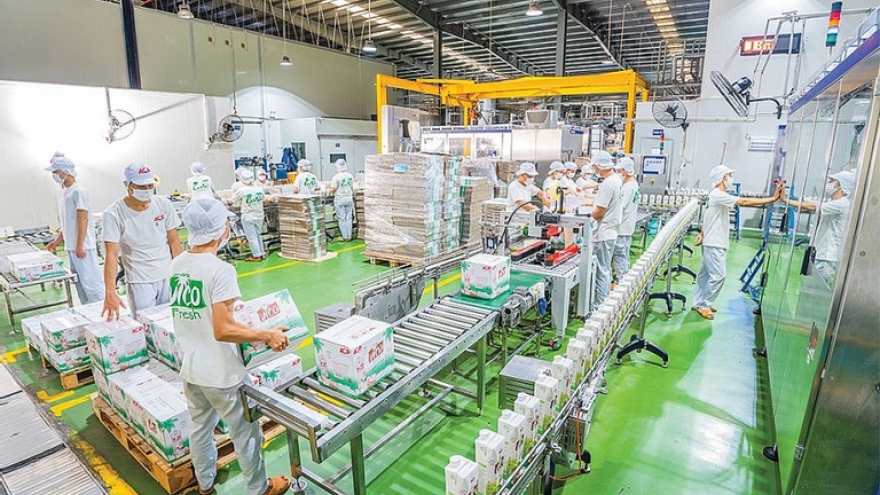
Vietnamese-made products: The choice of top global markets
Vietnam’s trade sector harvested inspiring achievements in 2023, being listed in the top 20 nations in trade scale.

Export turnover set to reach US$377 billion in 2004 amid global uncertainties
VOV.VN - Based on the GDP growth rate in 2024, the Ministry of Industry and Trade has set a target of increasing export turnover this year by roughly 6%, equivalent to US$377 billion, with the trade balance maintaining a surplus of about US$15 billion.
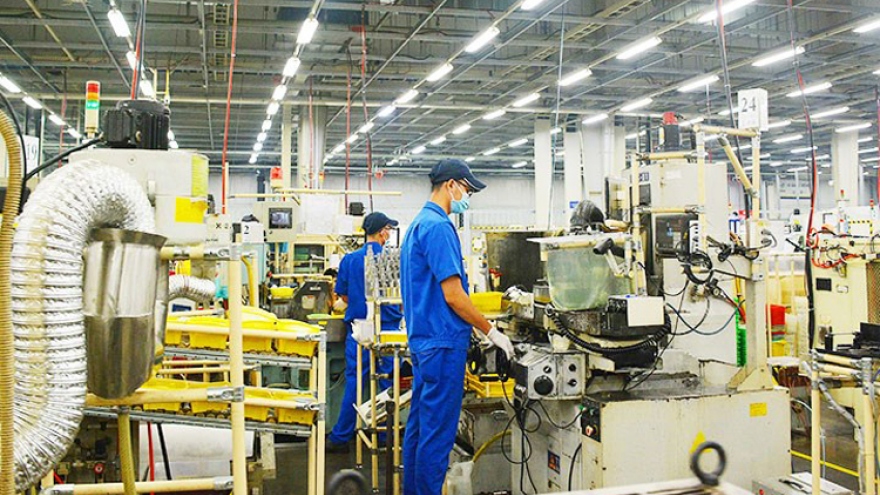
HCM City aims for US$8.5 mln per ha in export processing, industrial zones
VOV.VN - The management board of the Ho Chi Minh City Export Processing and Industrial Zones Authority (Hepza) has set a target of attracting US$550 million in investment capital this year, averaging at US$8.5 million per ha.
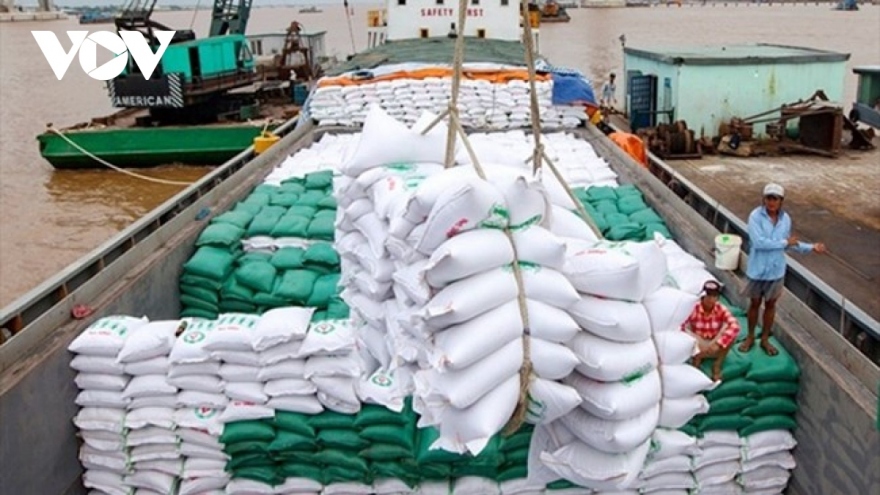
Ample room ahead for rice exports to Philippines
VOV.VN - With the Philippines expected to import between 3.5 million and four million tonnes of rice this year, there are bright prospects ahead for Vietnamese rice exports to the market, according to Phung Van Thanh, Vietnamese Trade Counselor in the Philippines.

Nearly 3,000 VNese firms receive codes to export agricultural products to China
Nearly 3,000 Vietnamese firms have received codes granted by China, enabling them to export farm produce and food products to the Chinese market.
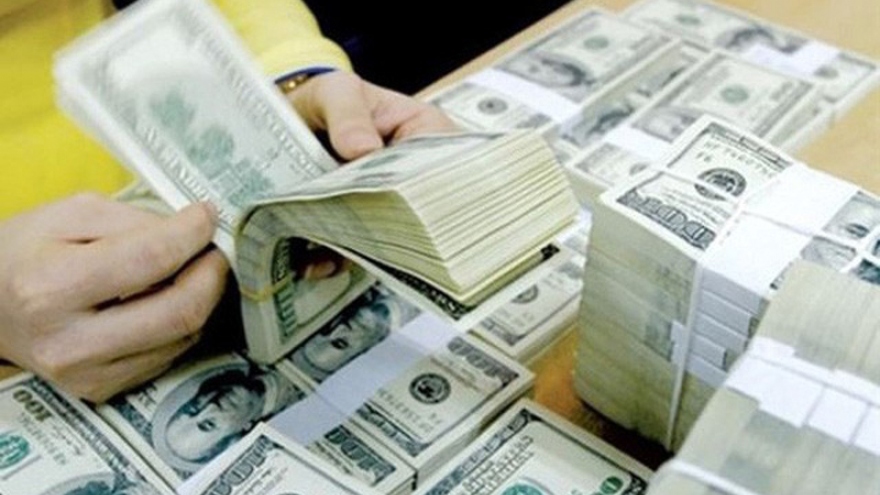
Remittances to Vietnam rise sharply over global uncertainties
VOV.VN - Vietnamese expatriates tend to send home remittances due to global geopolitical insecurities, with the amount expected to rise sharply in the coming days ahead of the lunar New Year festival.

MoIT advises exporters to have contingency plans amid Red Sea tensions
Ongoing tension in the Red Sea has hiked freight rates and increased the possibility of delays, warned the Ministry of Industry and Trade.
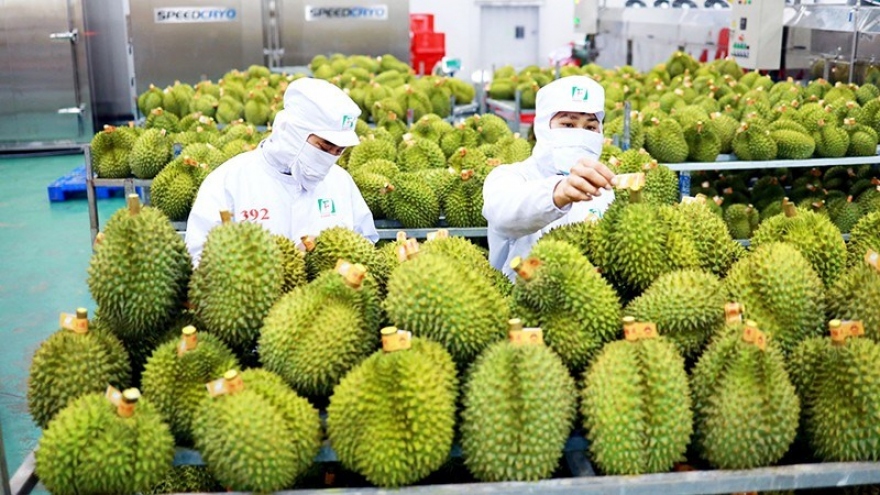
Fruit and vegetable exports likely to soar by 20% this year
VOV.VN - Vietnam’s fruit and vegetable exports are projected to grow by 15% to 20% to reach a new record of between US$6 billion and US$7 billion in 2024, according to predictions released by the Ministry of Agriculture and Rural Development (MARD).




